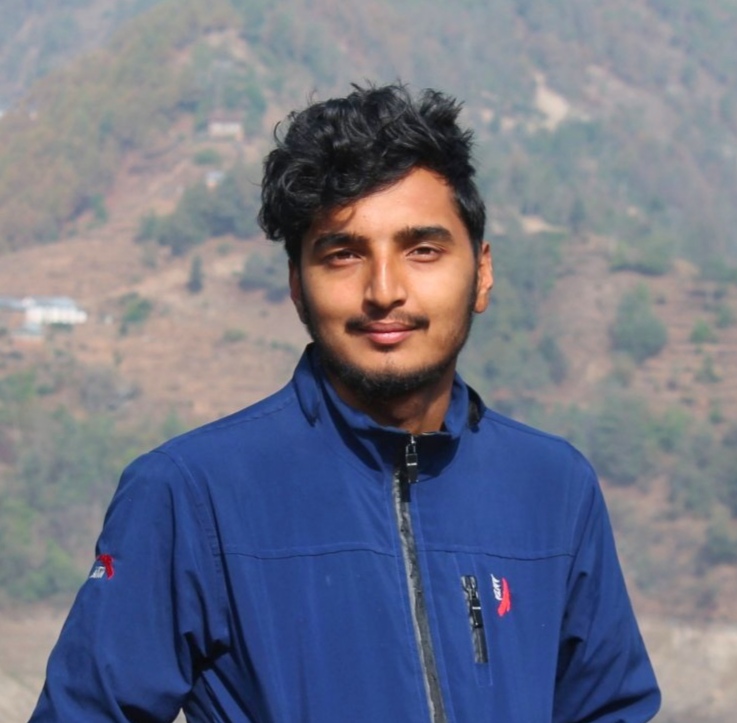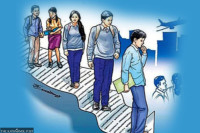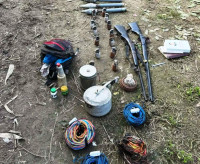National
For students with disabilities, there are few places to turn to for an education
Few institutions have complied with the rule for all schools to be disabled-friendly..jpg&w=900&height=601)
Shuvam Dhungana
Prakash Basnet of Solukhumbu was one of the thousands of young people who came to Kathmandu four years ago for their studies. But Basnet, who is now 19, had very different reasons for choosing Kathmandu. At the age of 15, he lost the use of his legs after falling off a tree and since his school was not disabled-friendly, he came to the capital city, where he was certain there would be schools for people like him.
“But neither the schools nor the roads are disabled-friendly here,” Basnet told the Post earlier this week at his hostel in Jorpati.
For the thousands of young people living with disabilities, finding a school to study in can be a difficult task. While there are dedicated schools for the hearing and visually impaired, most schools around the country don’t have basic infrastructure like ramps to aid the physically disabled.
Although the 2013 Accessible Physical Structure and Communication Service Directive for People with Disabilities, endorsed by the government in 2013, mandates steps to be taken to ensure that people with disabilities have access to equal opportunities and higher education, not many have implemented it. In a 2018 randomised trial of various schools in the Valley, the National Federation of the Disabled found that none of the 22 educational institutions surveyed was disabled-friendly.
“Visually challenged and those with hearing and speech impairments prefer to go to institutions that are exclusively for persons like them,” said Sudarshan Subedi, former president of the National Federation of Disabled Nepal. “However, such schools are only for secondary education and are very few in number. There are no colleges for the disabled.”
The lack of infrastructure that facilitates access for the physically challenged—ramps, railings, and accessible washrooms—is just one of the reasons preventing them from pursuing their studies.
“The majority of persons who are confined to wheelchairs do not want to go to colleges because the infrastructure is not suited to their condition,” said Subedi.
Jharna Ghimire of Gulmi dropped out of college after an accident left her paralysed from the waist down, forcing her into a wheelchair.
“I never went to college as the campus was not disabled-friendly,” Ghimire told the Post. “It’s not just college, even public buses do not stop for us and we cannot use expensive taxis every day to go to college.”
According to the 2011 census, 1.94 percent of the total population is living with some form of disability, with as many as 23,549 people in Kathmandu Valley alone.
The World Health Organization estimates that Nepal has 60,000 to 180,000 children aged 5 to 14 with disabilities. UNICEF, in 2016, found that 30.6 percent of children with disabilities, or approximately 15,000 to 56,000 children, aged 5 to 12, did not attend school.
“Very few mainstream public schools enrol children with disabilities. Out of over 30,000 schools in Nepal, just 380 are said to have resource classes where children with a particular disability are grouped with others with a similar disability,” said Human Rights Watch in its 2011 report.
It is also estimated that after the earthquakes of 2015, the number of persons living with disabilities has increased.
“There was a big opportunity for the government to make infrastructure accessible for the disabled during reconstruction drive after the massive earthquakes of 2015 but the government missed it,” said Subedi.
However, Dipak Sharma, spokesperson for the Ministry of Education, said that all new infrastructures have been built to be disabled-friendly.
“There is a problem as many of the schools were built years ago and it’s almost impossible to destroy them for reconstruction,” said Sharma. “However, newly constructed schools are accessible, according to law. Although we have not been able to meet the expectations of people regarding accessible infrastructure for disabled students in every school, we are working on it.”
Tikaram Puri, president of the Private and Boarding Schools Organisation, agrees that both private and public schools lack disabled-friendly infrastructure.
“There is a law that every school needs to be accessible, but it takes time to make such big changes,” said Puri. “All schools should take the initiative to build disabled-friendly infrastructure. Our organisation is trying its best to create such an environment for students. But it will take time.”




 8.12°C Kathmandu
8.12°C Kathmandu


%20(1).jpg&w=200&height=120)












